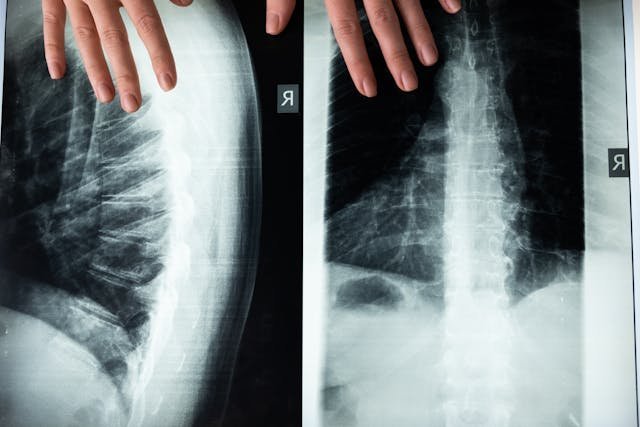Homeopathy for Bone Health: Preventing Osteoporosis
This risk is partly due to the estrogen-lowering effects of many breast cancer treatments, including aromatase inhibitors and chemotherapy. While conventional treatments for osteoporosis focus on medication, dietary changes, and physical activity, some individuals also explore homeopathic remedies as complementary approaches to support bone health.
However, it’s crucial to remember that homeopathy should not replace evidence-based medical treatments for osteoporosis. Engaging with these remedies should always be done in conjunction with advice from medical professionals.
Homeopathic Approaches to Support Bone Health
Calcarea carbonica (Calc carb)
-
- Often recommended for individuals who may be sluggish, easily fatigued, and suffer from cold hands and feet. It’s thought to support those with a predisposition to bone issues and dental problems.
- Often recommended for individuals who may be sluggish, easily fatigued, and suffer from cold hands and feet. It’s thought to support those with a predisposition to bone issues and dental problems.
Silicea (Sil)
-
- Considered for those with brittle nails, thinning hair, and poor bone formation. It’s thought of for individuals who have a frail constitution and might be prone to frequent infections.
- Considered for those with brittle nails, thinning hair, and poor bone formation. It’s thought of for individuals who have a frail constitution and might be prone to frequent infections.
Symphytum officinale (Comfrey)
-
- Known as knitbone, it’s traditionally used in homeopathy to aid the healing of fractures and support bone health. It’s considered for promoting bone integrity.
- Known as knitbone, it’s traditionally used in homeopathy to aid the healing of fractures and support bone health. It’s considered for promoting bone integrity.
Calcarea phosphorica (Calc phos)
-
- Recommended for people experiencing bone pain and soreness, particularly growing pains in children. It may be considered in adults for its supportive role in bone health, especially in the context of osteoporosis.
Integrating Homeopathy with Conventional Osteoporosis Management
- Balanced Diet and Supplements
Ensure adequate intake of calcium and vitamin D, crucial for bone health. Magnesium and vitamin K are also important. Discuss supplement use with your doctor to avoid interactions with cancer treatments. - Physical Activity
Engage in weight-bearing and strength-training exercises, as these activities are known to promote bone density. Always consult with a healthcare provider before starting any new exercise regimen. - Medication
Bisphosphonates and other osteoporosis medications are commonly prescribed to increase bone density. Homeopathic remedies should not interfere with these medications, but it’s essential to disclose all complementary therapies to your healthcare provider. - Lifestyle Modifications
Limit alcohol consumption and avoid smoking. These habits can exacerbate bone loss. - Regular Monitoring
Breast cancer survivors should undergo regular bone density screenings as recommended by their healthcare provider to monitor bone health.
Safety and Communication
- Safety of Homeopathic Remedies: While generally considered safe, it’s critical to use homeopathic remedies under the guidance of a professional homeopath alongside conventional medical advice.
- Communication with Healthcare Providers: Maintaining open communication with your healthcare team about all treatments and remedies you’re considering is essential for coordinated care and safety.
Conclusion
While exploring homeopathic remedies to support bone health in breast cancer survivors, it’s imperative to prioritize evidence-based medical treatments for osteoporosis.
Homeopathy may offer complementary support when used responsibly and in conjunction with conventional approaches under the guidance of healthcare providers.
Maintaining bone health post-cancer requires a comprehensive approach that includes medical treatment, lifestyle adjustments, and possibly complementary therapies, all tailored to the individual’s unique needs and health status.



